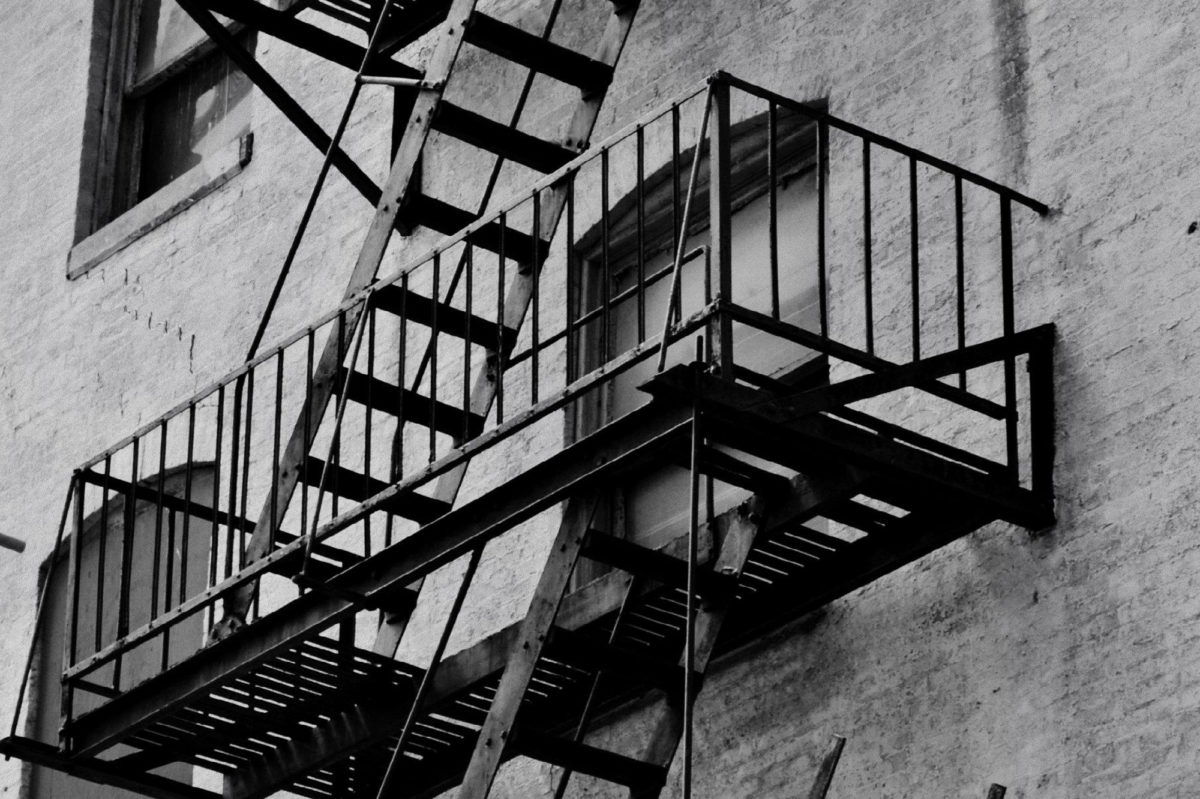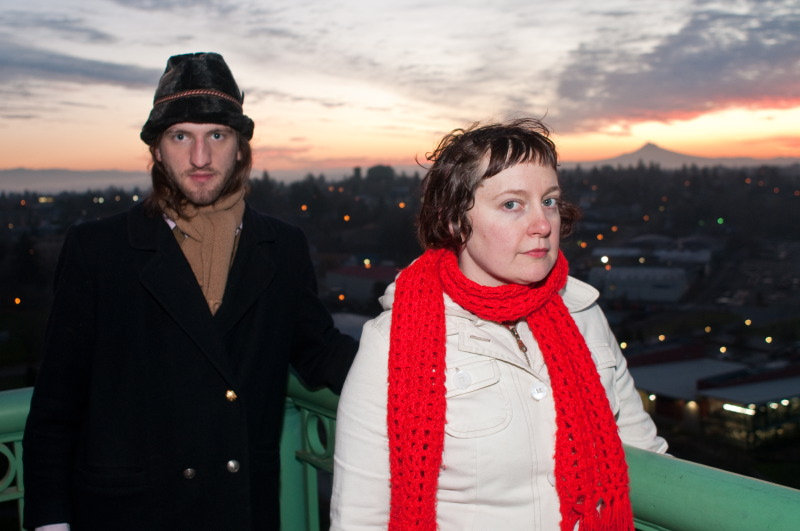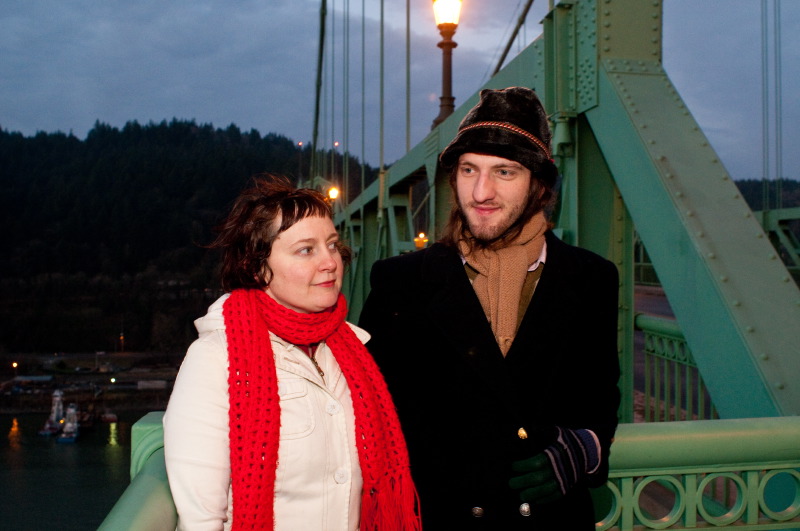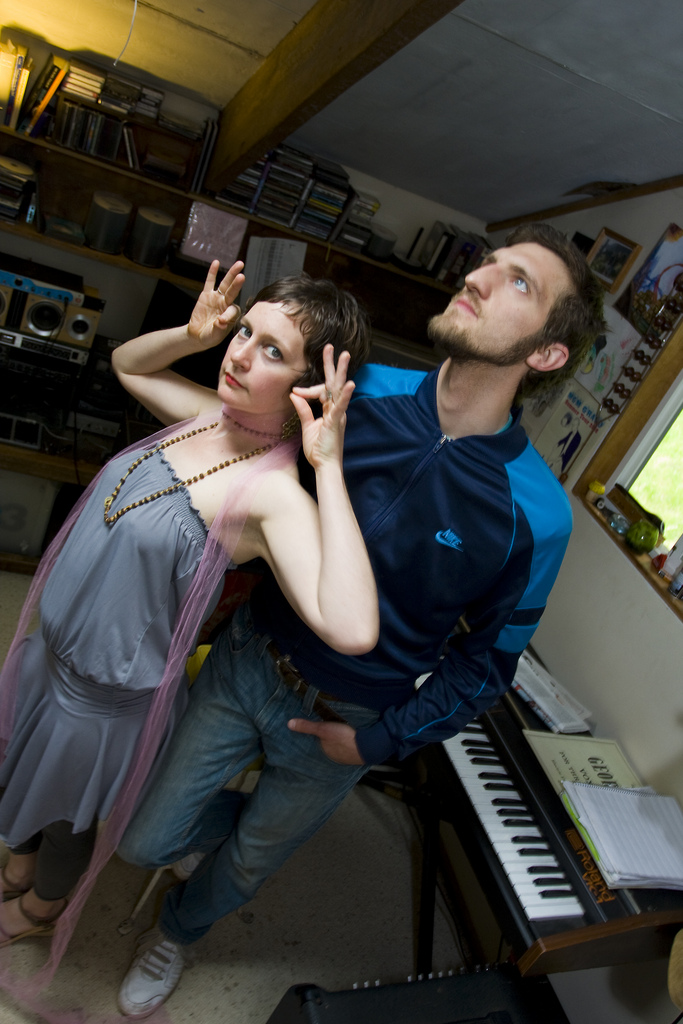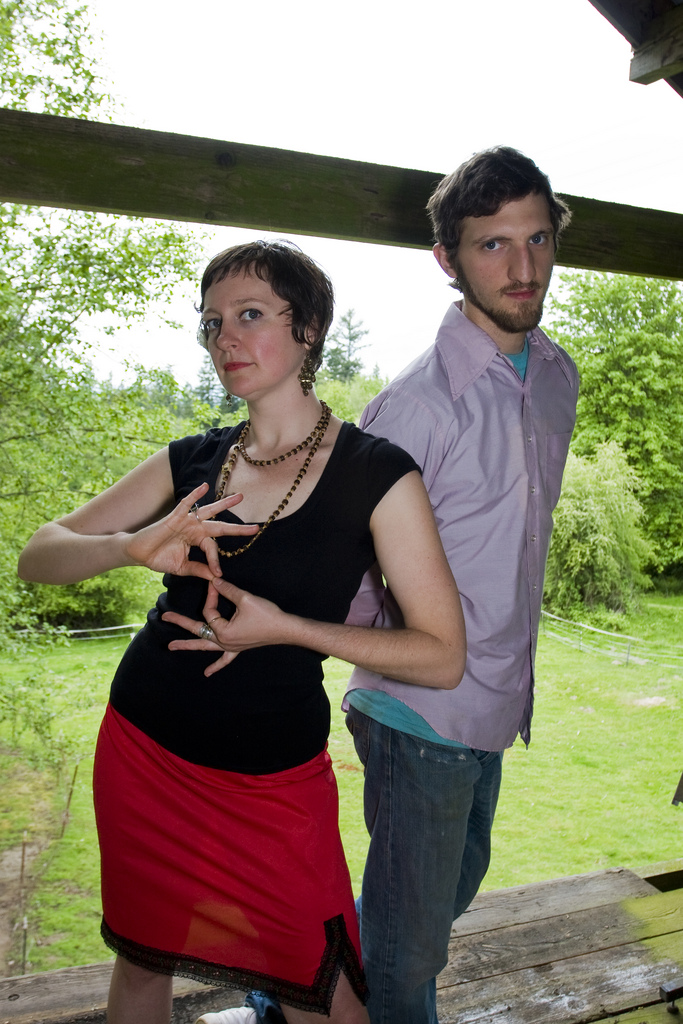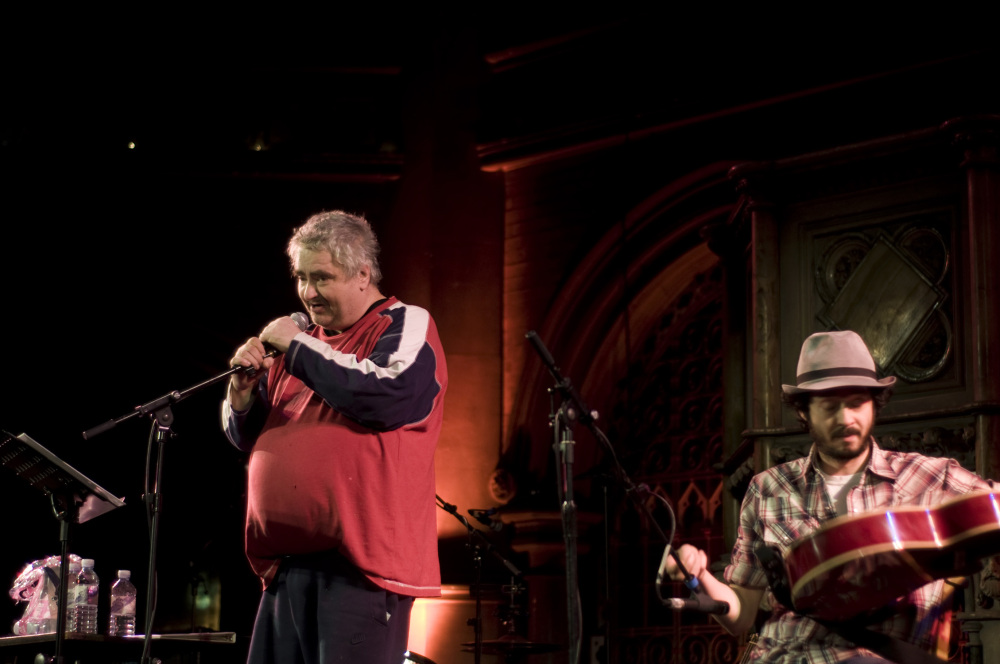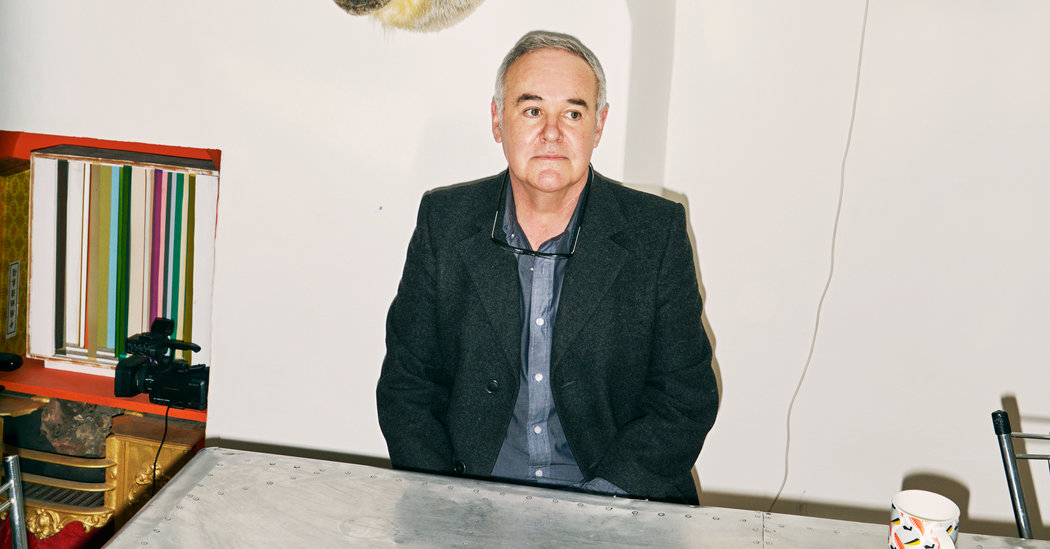We had completed our year at Portland State University as professional music students, in the summer of 2008. Branic was a music composition major, I was a hard working punk just taking classes and refusing to follow the curriculum. In fact, I should have been enrolled for the 2009 school year when this concert happened, but I never went back.
He invited me to perform something as an opening act for Thollem McDonas, on December 8, at his music studio at the artist loft building known as Boxlift Lofts, so named because it has an historic elevator that was employed to shuttle Ford Model T cars around.
Branic liked my piano stylings and thought I’d make a good shadow to the mastery of Thollem McDonas. That was smart curating, actually, showing the master and student dichotomy on Branic’s baby grand piano in the intimate setting, for an audience largely comprised of college students.
I had something different in mind, however. I wrote a piece of music for saxophone quartet and I wanted to have it performed by some of my favorite local players. The recording of that was rough, and we didn’t execute the composition perfectly, so it never was released, until now, as a piece of the archive and memoire. Just stream the audio player immediately below.
On baritone sax, I had Doug Haning, on Tenor, Peter Bryant, on alto sax, I had Ben Kates, on soprano, Jefrey Leighton Brown. I am conducting. At the end, I move to the piano for a simple percussive part.
If memory serves me, I left the equipment at Branic’s loft and we scheduled a session in the near future. I climbed in through the fire exit and got a solo jam done before he got there. In fact, it is inaudible, but that jam, the first track, basically ends with him climbing through the window. I recorded him solo, and then jammed together. It is all very ambient and stripped down.
The album streaming at the top of the article via Bandcamp is the result of those sessions. Not too bad.
The recording equipment, again, if memory serves me, was a Marantz digital field recorder and Audix microphones borrowed from KBOO Community Radio. I would have worked on it in my home Pro Tools 5 rig, and probably mastered it in Adobe Audition 1 at KBOO.
